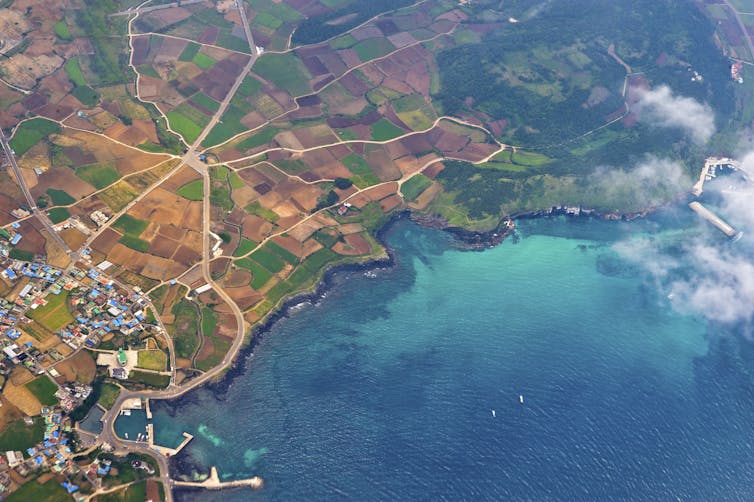The Centre for International Postgraduate Studies of Environmental Management (CIPSEM) offers a range of integrated and multi-disciplinary training programs supporting the Sustainable Development Goals (SDGs) and the Paris Agreement, covering several concepts like sustainability, environmental management, and nature-based solutions. CIPSEM has designed these courses to prepare and improve professionals’ skillsets for their environment-related planning, coordination and management tasks in their home countries.
Worldwide, the implementation of the SDGs is lagging far behind the ambitious targets. One significant factor is the deficiency of suitable and understandable data, for example. High-quality data (relevant, timely, reliable and internationally comparable) are needed to identify development bottlenecks and inform policies and investment decisions. Within this context, data visualisation is essential for big data and data analysis. Big files with several numbers are usually hard to read and make it difficult to spot patterns easily. Data visualisation means presenting raw data through graphical representations that allow viewers to explore the data and uncover deep insights. We are an inherently visual world, where images many times speak louder than words. When considering strategies and goals, data visualisation can play a vital role for the decision makers in exploring the data effectively. For instance, visualising data contributes to identifying any errors in the data. Should the data tend to suggest the wrong actions, visualisations identify erroneous data in the analysis.
Moreover, designing data visuals in a meaningful way can assist the target audience in grasping the story in a single glance. Therefore, storytelling is a significant tool related to data visualisation and a powerful communication tool to develop narrative approaches for management. Think about project reporting or grant proposal writing. A well-structured story will convey understanding, inspire action and be remembered. The facts give stories substance; stories give facts meaning.
Following this thinking, the systemic, interdisciplinary approach adopted by CIPSEM adequately considers the complexity of managing environmental resources in a multifaceted way. As a practical example of what we are discussing here, below you can see a visualisation exercise within the 44th UNEP/UNESCO/BMU International Postgraduate Course on Environmental Management for Developing Countries. Like most educational institutions, CIPSEM had to change to an online-only format to continue our course programme due to the COVID-19 pandemic. Nevertheless, this work was voted as the best outcome among the 21-course participants – the authors are: Ms Agustina Cundari (Argentina), Mr Miguel Angel Centellas Levy (Bolivia), Ms Mayra Flores Tavares (Brazil), Mr Dwayne Sherwin Griffith (Guyana) and Ms Jeimy Katherin Feo Mahecha (Peru/Colombia).
Moreover, you can read a text of Mr Mutasim Essa Abdallah Adam from Sudan, practising his storytelling skills. Enjoy!
“I grew up in a village where we depend on agriculture and animal products for a living, due to the important role that these resources played in our life especially for traditional medical care, food, income and construction, and since then I dedicated my career to keeping close to nature’s heart, give a hand in conserving these unique resources. But I started travelling and lived beyond my home in 2011 when I was undergraduate volunteering with a local NGO working to conserve endangered species, and since then, I began demonstrating this passion and interest in natural sciences. One day I participated in a national project that aimed to survey vultures. I loved migratory birds with no idea what kinds of careers were available in our field until after I started my undergrad. All I knew is that the degree I was pursuing had wildlife in the title, which was enough for me as one of the most passionate about nature and wildlife. Today many migratory birds are classified as endangered or in critical situate. We are all fascinated by birds not only because of that but also are sources of inspiration, and when we think of birds, we think of the glorious ability to soar up into the sky. So bird’s flights are one of our favourite samples for freedom and adventure for situate places. The journey to conserve migratory birds extended toward, finally, in 2021, when we had the opportunity to develop a project concerning environmental assessment to conserve migratory soaring birds in landfill areas”.
























